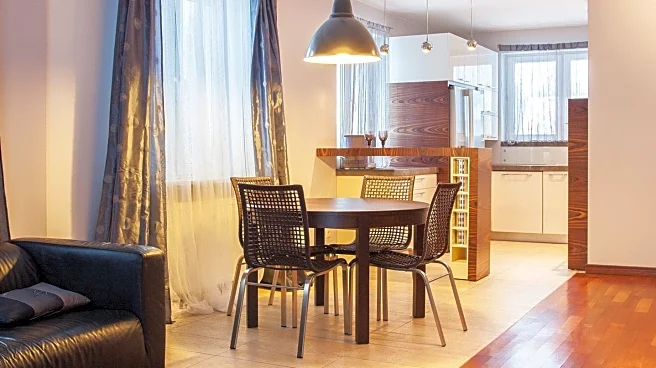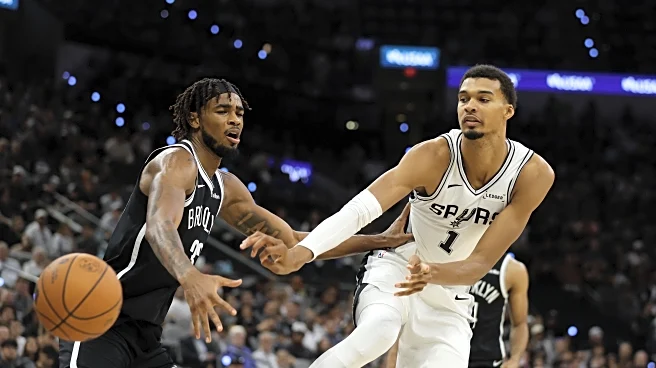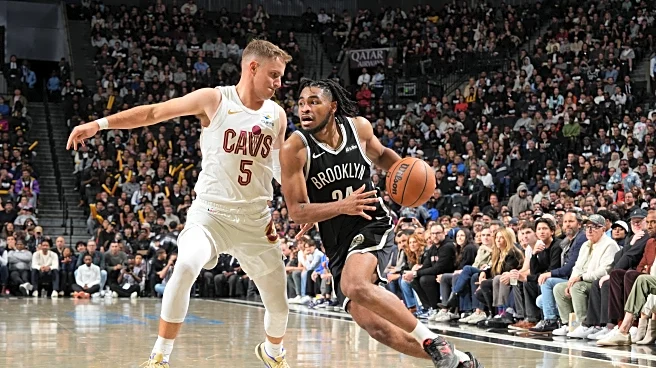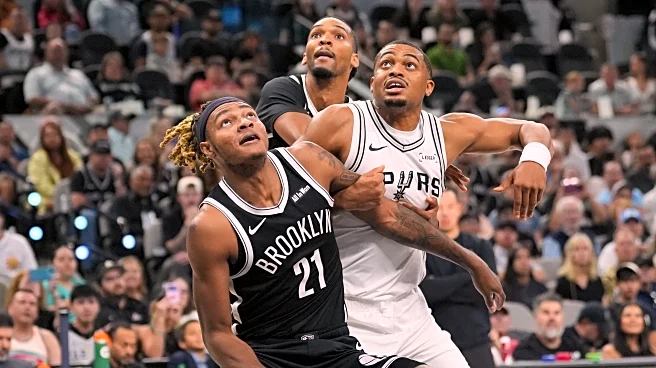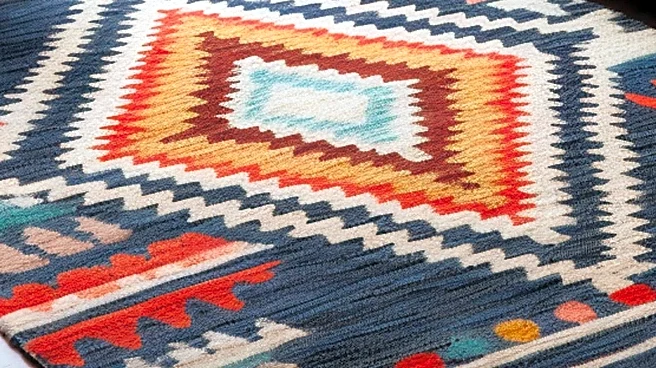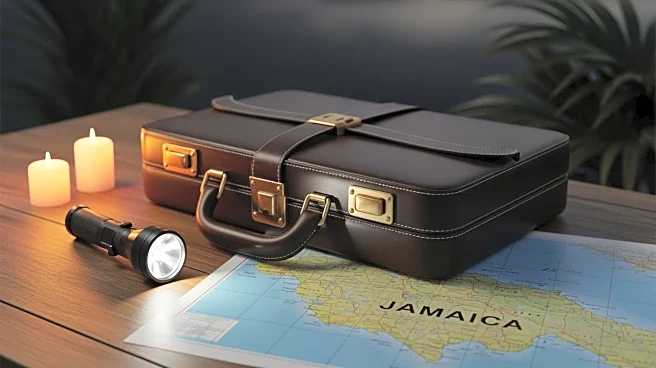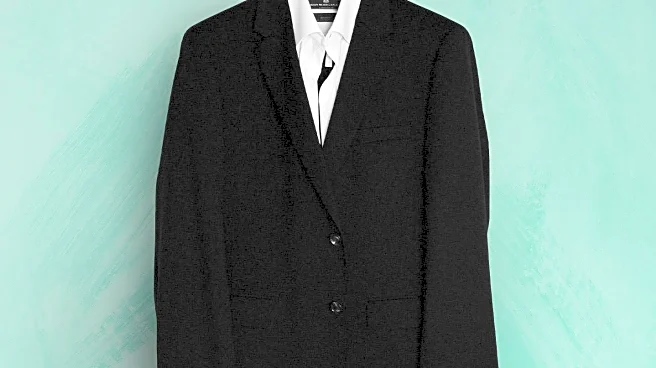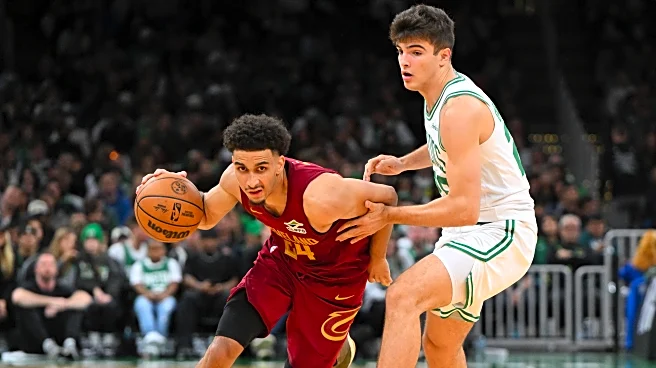What's Happening?
Influencer Molly Blutstein's Brooklyn apartment was recently featured in Architectural Digest, showcasing her self-decorated space. Blutstein, who has a significant following on Instagram, described her style
as a mix of Southern Gothic, Shaker, and English influences. However, her aversion to midcentury design, particularly tapered legs, was contradicted by the presence of midcentury-style furnishings in her home. This inconsistency led to widespread criticism on social media platforms like Instagram and Reddit. Commenters questioned both the magazine's editorial standards and Blutstein's design credentials, with some labeling the apartment as an 'unfinished Pinterest board copypaste.' The backlash highlights a growing tension between influencer culture and traditional design expertise.
Why It's Important?
The controversy surrounding Blutstein's apartment profile underscores the influence of social media personalities in shaping public perceptions of design and aesthetics. As influencers increasingly feature in prestigious publications, there is a debate about the authenticity and expertise they bring to traditionally expert-driven fields like interior design. This incident also reflects broader societal frustrations with the perceived mediocrity of influencer-driven content, which some argue overshadows genuine artistic talent. The backlash against Architectural Digest suggests a demand for more thoughtful and educational discourse in design media, rather than content driven by social media popularity.
What's Next?
The response to Blutstein's feature may prompt Architectural Digest and similar publications to reassess their editorial strategies, potentially leading to a shift back towards featuring more expert-driven content. Influencers like Blutstein might also face increased scrutiny over their design choices and public statements. This incident could encourage a broader conversation about the role of influencers in shaping cultural and aesthetic norms, and whether their influence should be balanced with input from traditional experts.
Beyond the Headlines
This situation highlights the ethical considerations of featuring influencer-driven content in established media outlets. It raises questions about the responsibility of such publications to maintain editorial integrity and the potential impact of prioritizing social media popularity over expertise. The backlash also points to a cultural shift where audiences are becoming more critical of influencer culture and its impact on various industries, including design.
